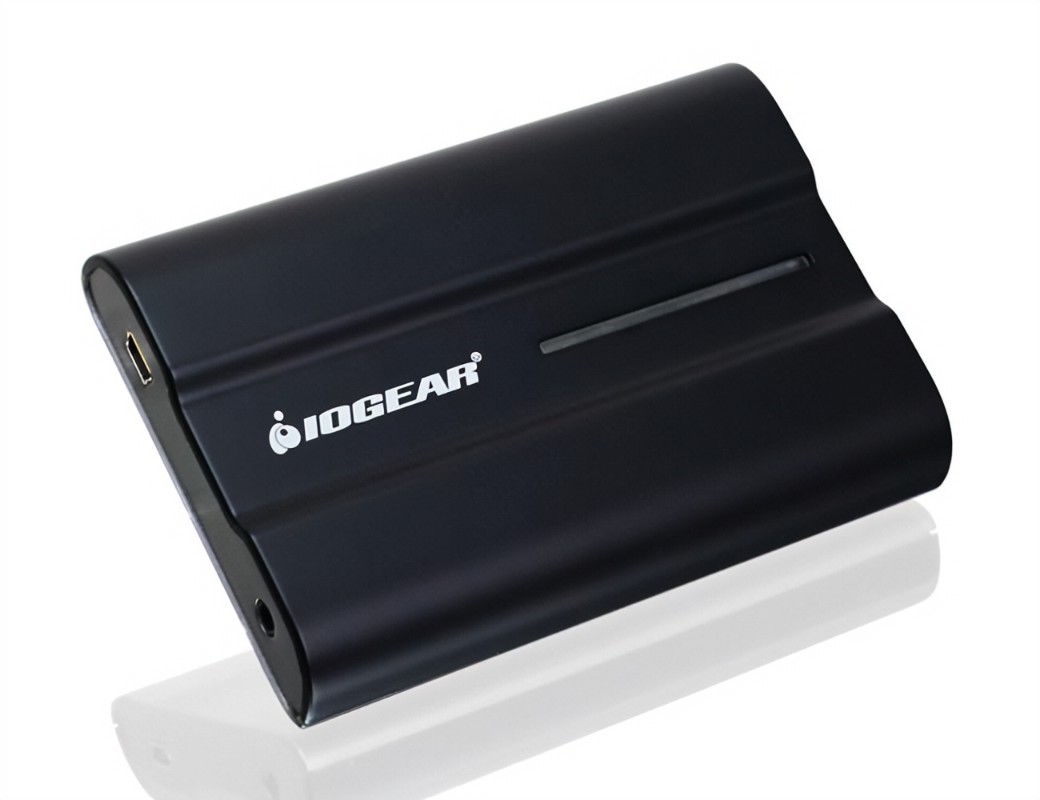Do you find yourself lost every time you want to inquire about an external flash for your camera ? Are the terminology, technicalities and numbers that surround the world of flashes overwhelming and throw you off?
Technology, if it is incomprehensible, is useless.
Manufacturers seem to strive to make their flashes more and more complex and difficult to understand, to the point where you don't want to buy one.
Starting from this, today I have prepared this very complete mega guide in which I am going to recommend some of the best flashes for cameras. I am going to give you specific brands and models so that you can go for a shot.
In addition to the recommended flash models themselves, in this mega guide I am going to explain EVERYTHING you need to know about this photographic accessory: features, prices, settings. We are going to try to simplify this "quilombo" (as my Latin American friends say) so that you understand exactly why I recommend one flash model or another.
Ready? Let's get to it
Note: If you want to go directly to the list of the most recommended flashes for cameras, here you have them .
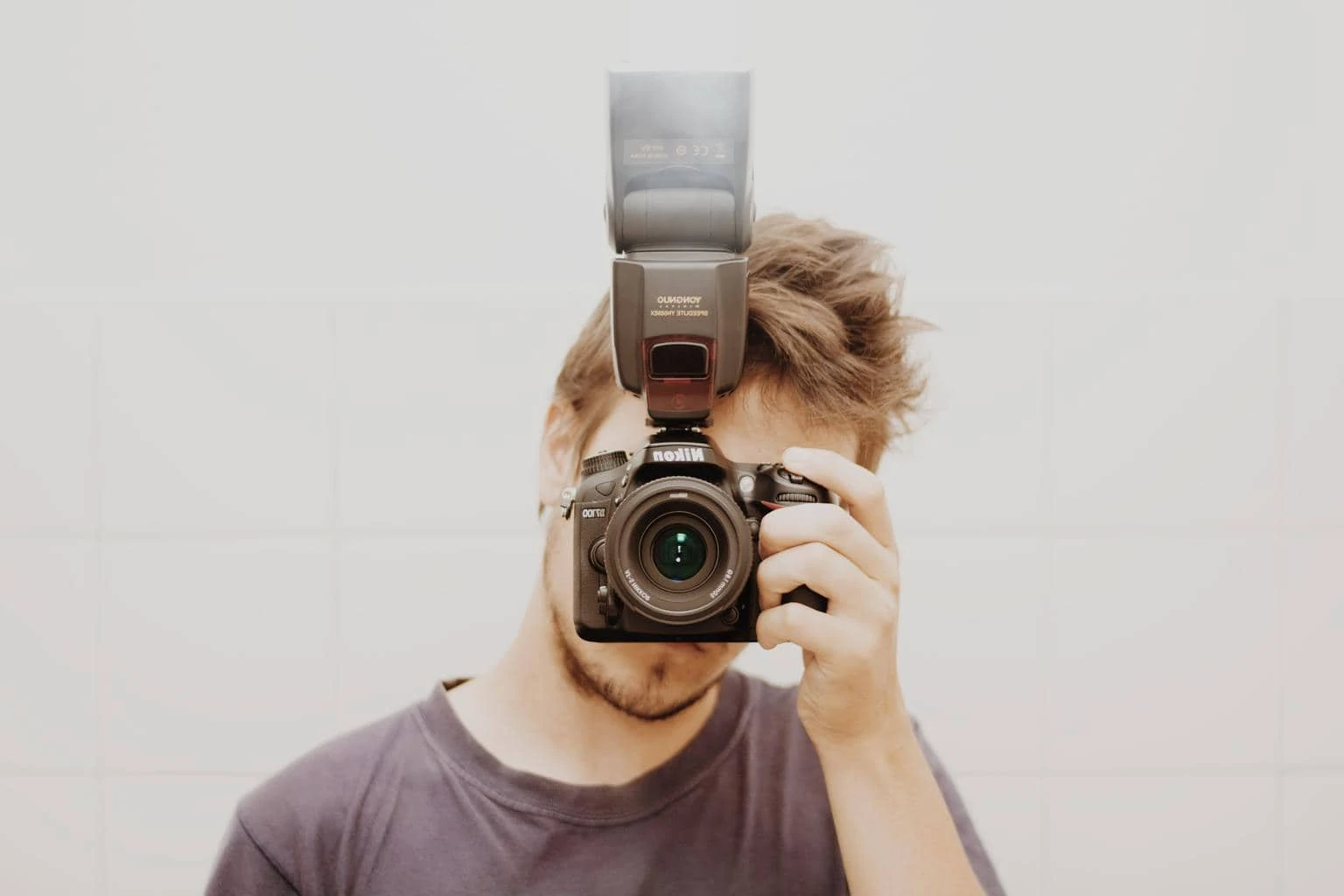
TYPES OF CAMERA FLASHES
The first thing I want you to distinguish is the types of flashes that there are. There are basically three:
Integrated flash: These are the flashes that are integrated into compact and SLR cameras, those that come standard and cannot be added or removed. Yes, they can be disabled so they don't jump, but they can't be started. They are there, like one more part of the camera.
External flash: It is the typical external flash that we buy separately and that we can hook on the top of the camera. This type generally offers much more light power.
Macro flash: This is a type of flash specially designed for Macro photography (for example of insects). To illuminate the tiny object well, this flash has a circular shape that allows you to throw light on the subject or object in a circular manner.
And these are the 3 most important types out there. The others are all small variations of one of these 3.
LIMITATIONS OF A BUILT-IN FLASH
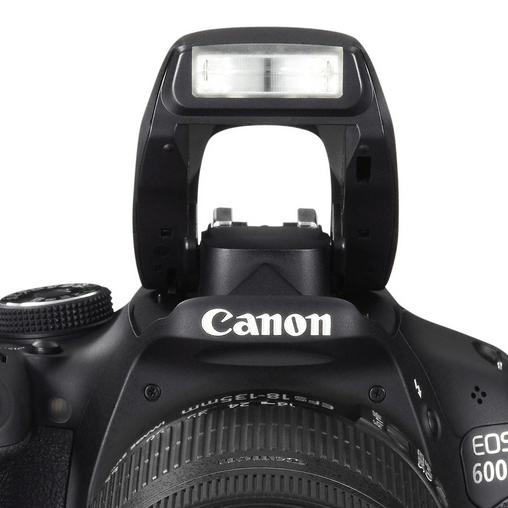
Many users suffer from the inconvenience of the flash that is incorporated in the default cameras. Some of the limitations of these built-in flashes are, for example, that:
- They generally produce the famous unwanted effect of red eyes (find out how to avoid it here) .
- They create a light that is too harsh, direct and always from the same direction as the camera.
- Many cameras do not allow you to control the light intensity of the built-in flash.
- The integrated one, normally, has less power and is not capable of illuminating large areas.
If you suffer from any of these ills then yes, you need to get a good external flash. If this is not your case, you can first learn how to make the most of and optimize your camera's built-in flash.
WHAT IS AN EXTERNAL FLASH FOR?
There are countless uses and tricks of the flash that you can use to give a leap in quality to all your photographs. Here are some of the main reasons why you should get an external flash for your camera:
- The flash is a very malleable light source thanks to the large number of accessories that exist on the market or that you can make yourself to be able to shape it to your liking, either by changing its direction, its intensity, its color, etc.
- They are extremely versatile, not only thanks to the accessories but also to the different configurations with which you can program them (manual mode) and the possibility of shooting them remotely from different directions.
- In addition, the external flash will allow you to bounce it against different surfaces (walls, umbrellas, etc.) so that the shadows generated by its flash throughout the scene are more or less harsh.
- You can use it not only to add more light, but also as a fill flash to compensate for the contrasts between light and shadow that occur, for example, when shooting in bright sunlight.
- The flash power of an external flash and its range is far greater than that of your camera's built-in flash. Also, by bringing your own batteries, it will not use up your camera batteries so much, allowing you to take more shots.
- But they are not only more powerful, they are also faster than flashes built into cameras thanks to the possibility of synchronizing them at high speeds (not all external flashes allow this).
And that's not all! Since like everything in this wonderful art, the limit is set by you.
As you become an expert in its use, you will find the flash an endless number of extremely useful functions to take your photographs to a new level, although I will leave you some clues below ? .
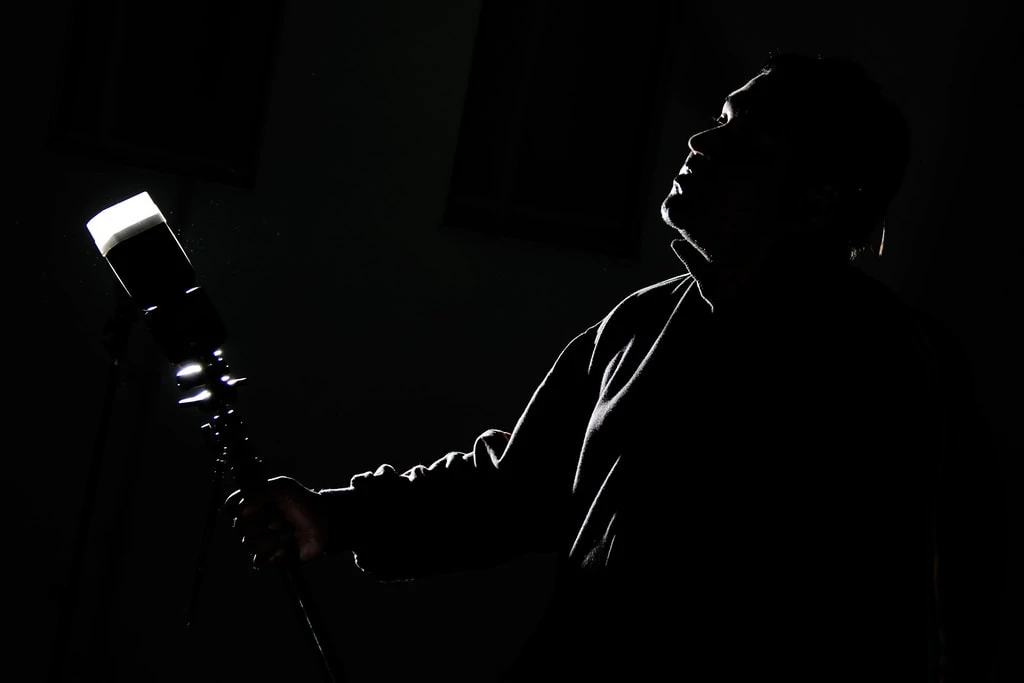
WHAT SHOULD I KNOW BEFORE BUYING AN EXTERNAL FLASH?
Next, I have prepared a list of the main features that you should not overlook if you want to find the perfect flash for your camera.
TYPES OF CONTROLS (MODES)
Like cameras, flashes also have modes that may or may not make things easier for you when taking your pictures. Ideally, you should always work in manual mode since you are the photographer and not just the subject that presses the shutter button on the camera.
- TTL mode: The camera's light meter measures and communicates to the flash the amount of light it needs to make the resulting photo “ correctly exposed ”. This mode is very popular due to the comfort it offers and the good results it achieves in common situations where you just want more light. But if you are looking for a particular type of lighting, you will have to use manual mode.
- Manual Mode: This mode, despite being more complicated, is the ideal one for you to use not only to add more light to your scene, but also to understand how to do it and in what way. When using the manual mode, you must choose the necessary values yourself to achieve a correct measurement and exposure of your photographs. Do not stop doing it since the process is very enriching.
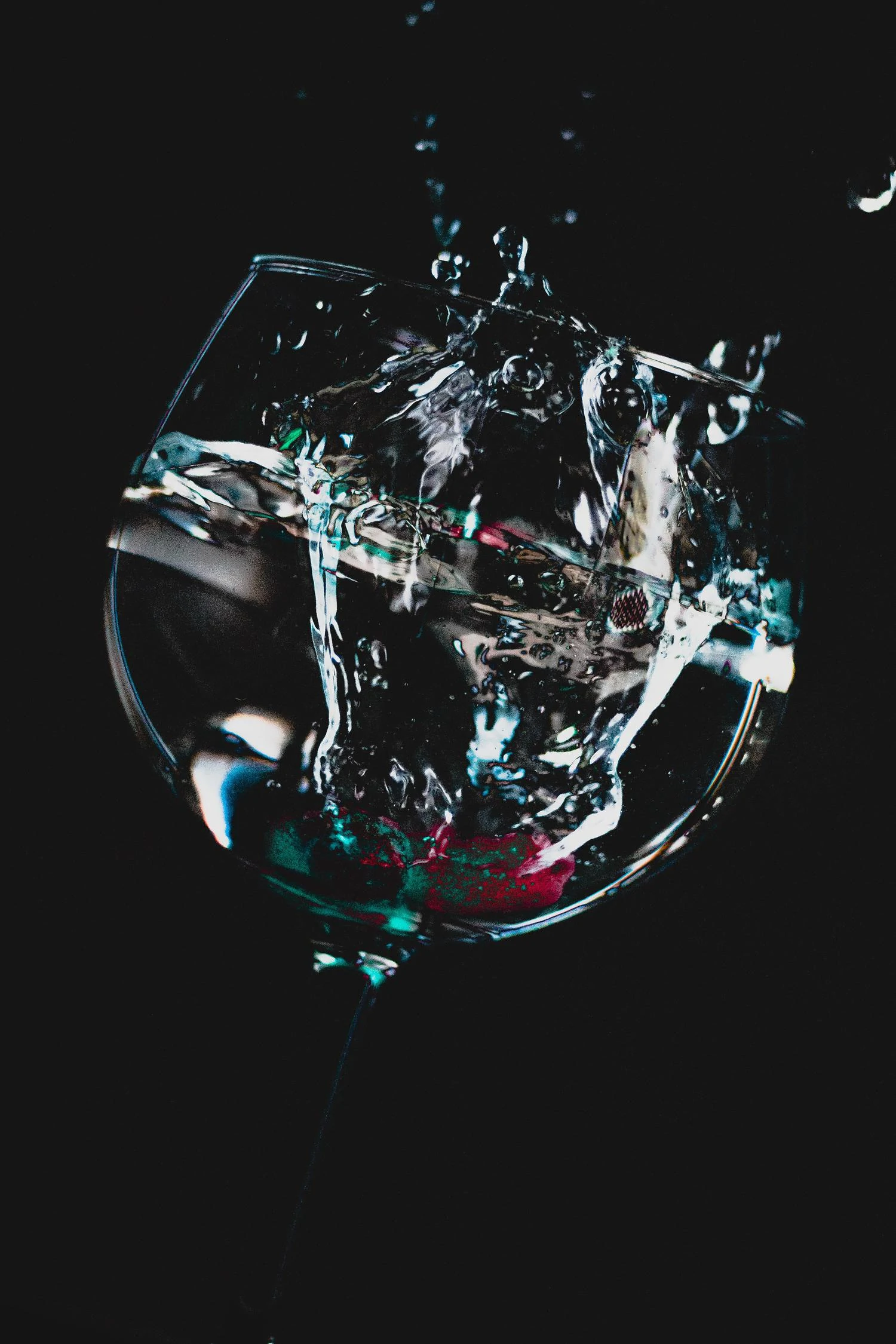
GUIDE NUMBER
The guide number of a flash is nothing more than an indicator about the power that a certain model has. This aspect is really important when comparing between two flashes since the higher the guide number, the greater the power of the flash and, therefore, the more light it will be able to add to the scene.
Depending on the type of photographs you plan to take using the flash, you will require a high-powered flash or not. It is a standard that is calculated based on the following calculation:
NG = Subject distance x aperture (f/ value)
This value is understood for an ISO 100. Let's see an example, starting from ISO 100, if the subject is 6 meters away and you have to shoot with an aperture f/8 to get a correct exposure, you need a guide number (NG) 48 (6×8=48).
If you change the sensitivity (with the ISO value) the guide number increases. That is, it is multiplied by 2 every two ISO steps. In our example, if you set ISO 400 the guide number would become 96.
Keep in mind that manufacturers tend to exaggerate a little in terms of the performance of their products, so do not trust 100% of these values, it is usually one less diaphragm. However, to make comparisons between one flash and another, the guide number is really useful.
MOBILE HEAD
One of the most interesting functions that external flashes allow is to bounce light. To be able to do it in a simpler way, it is ideal that the flash that you are thinking of acquiring has a rotating head.
This will make it easier for you to aim or bounce it while it's positioned over the camera. This head should rotate up and down and to the sides in order to maximize the possibilities when shaping your light.
ZOOM HEAD
Flashes that incorporate a zoom head will allow you to adapt the angle of the flash and direct it to correctly illuminate the scene depending on the focal length with which you are working.
If you work with short focal lengths, a wide angle for example, the angle of the flash will be wider, but if you work with a telephoto lens this flash will be more directed, that is, it will have a narrower angle.
The guide number that I told you about earlier will also vary depending on the focal length as the subjects or objects are closer or further away from the camera.
RECYCLING RATE
This parameter allows you to know how long it takes for the flash to recharge its power in order to be able to flash again.
Depending on the type of photography you plan to take, this value may or may not be more relevant. In any case, try not to buy a flash whose recycling time is very slow.
MAX SYNC SPEED
Another of the speeds at which you should pay attention when getting an external flash is the speed of synchronization of the flash with respect to the camera.
Said speed will depend on the camera in which you mount it or with which you are working. To give you an idea, a Nikon D3100 allows synchronization with the flash at a maximum shutter speed of 1/200, not bad for an "amateur" camera.
If you are thinking of taking the leap to become a professional , this speed may not be enough for you and you should get a flash that allows high-speed synchronization or HSS according to its acronym in English.
CONNECTION METHOD
You can attach your everlasting flash to the camera in a number of ways, not just directly on the camera. Basically there are three ways you can do it:
- Directly attached to the hot shoe of the camera body.
- Connected to the camera by a cable.
- Wireless activation.
The key at this point is to evaluate the compatibility between your camera and the flash so that you can use it effectively, whether it is placed directly on the camera, via a cable or through the Wireless control of the camera.
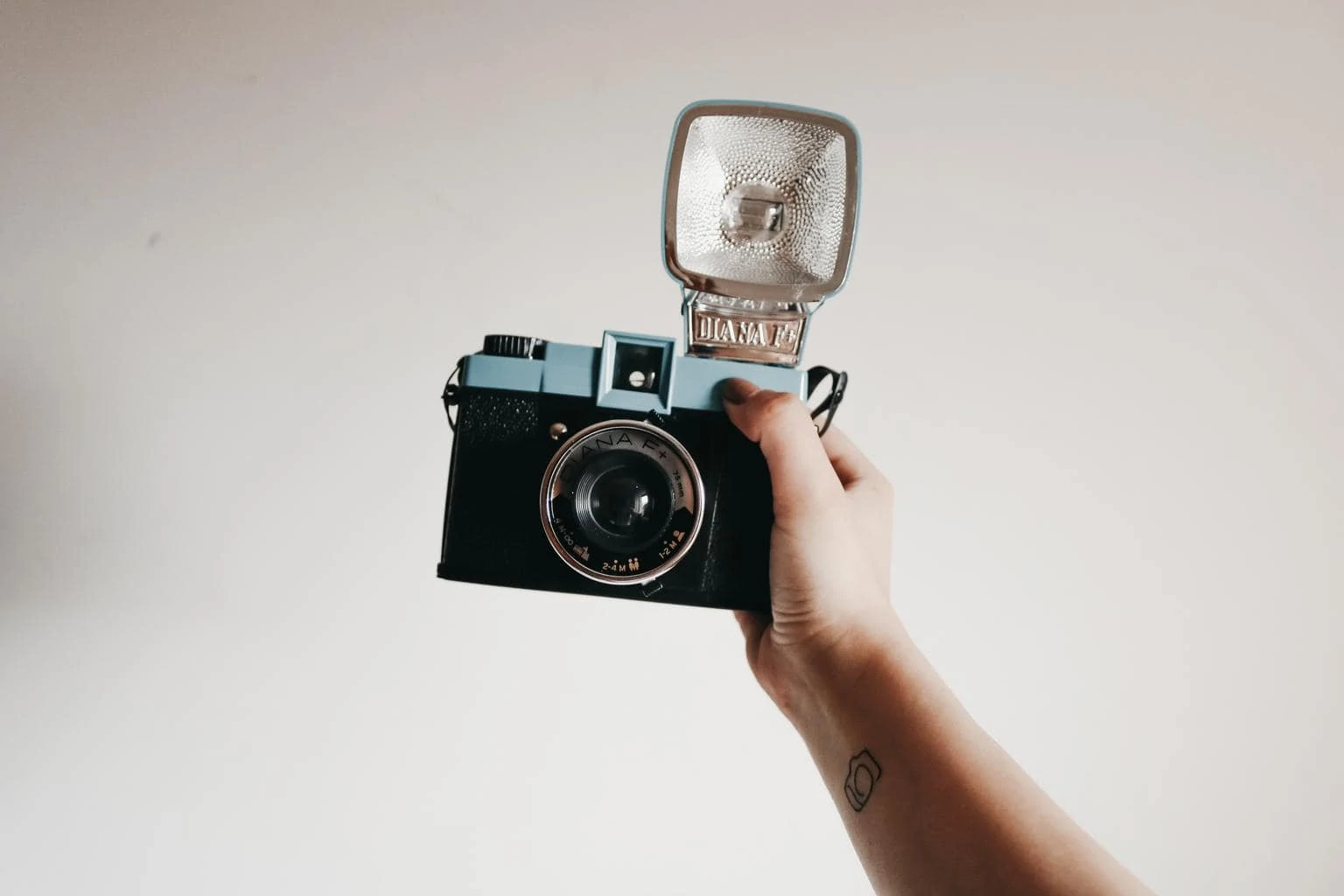
SO HOW TO BUY AN EXTERNAL FLASH?
Now that you have a more complete idea of what an external flash is for, as well as what its most important features are, it's time for you to think about what, to me, are the three most important decision variables when it comes to buying an external flash. an external flash:
- Budget
- The use you plan to give it
- The brand of your camera.
Let's see all this in detail. Keep reading ? .
TIPS FOR BUYING AN EXTERNAL FLASH
I will delve into the most important aspects, take note.
DEFINE A MAXIMUM BUDGET
Please do not answer me: «Well, I could pay between 30 and 120 euros, more or less, maybe it would reach 150 euros, and well, I don't know... it depends on what you offer me, maybe I would consider paying a tad more » . No. You have to set a maximum budget. Think of a figure, a maximum budget above which you would not pay a single euro more. Not one. Be honest. The most you would pay, please . You already have it? All right! We continue.
WHAT EXACTLY DO YOU WANT THE FLASH FOR?
I know it's to get good photos , because you're not satisfied with the current one, but… think with a little more level of detail. For what kind of photos exactly do you need the flash? I ask you because you will have to choose one or the other depending on what you answer.
For example, if all you want is to add a little more light to your portraits in order to illuminate small areas of shadows on the subject's face, then a minimum or medium power flash would suffice.
If, on the other hand, you need to illuminate a group of people well outdoors, then you will need one with a high power. Go thinking about these things.
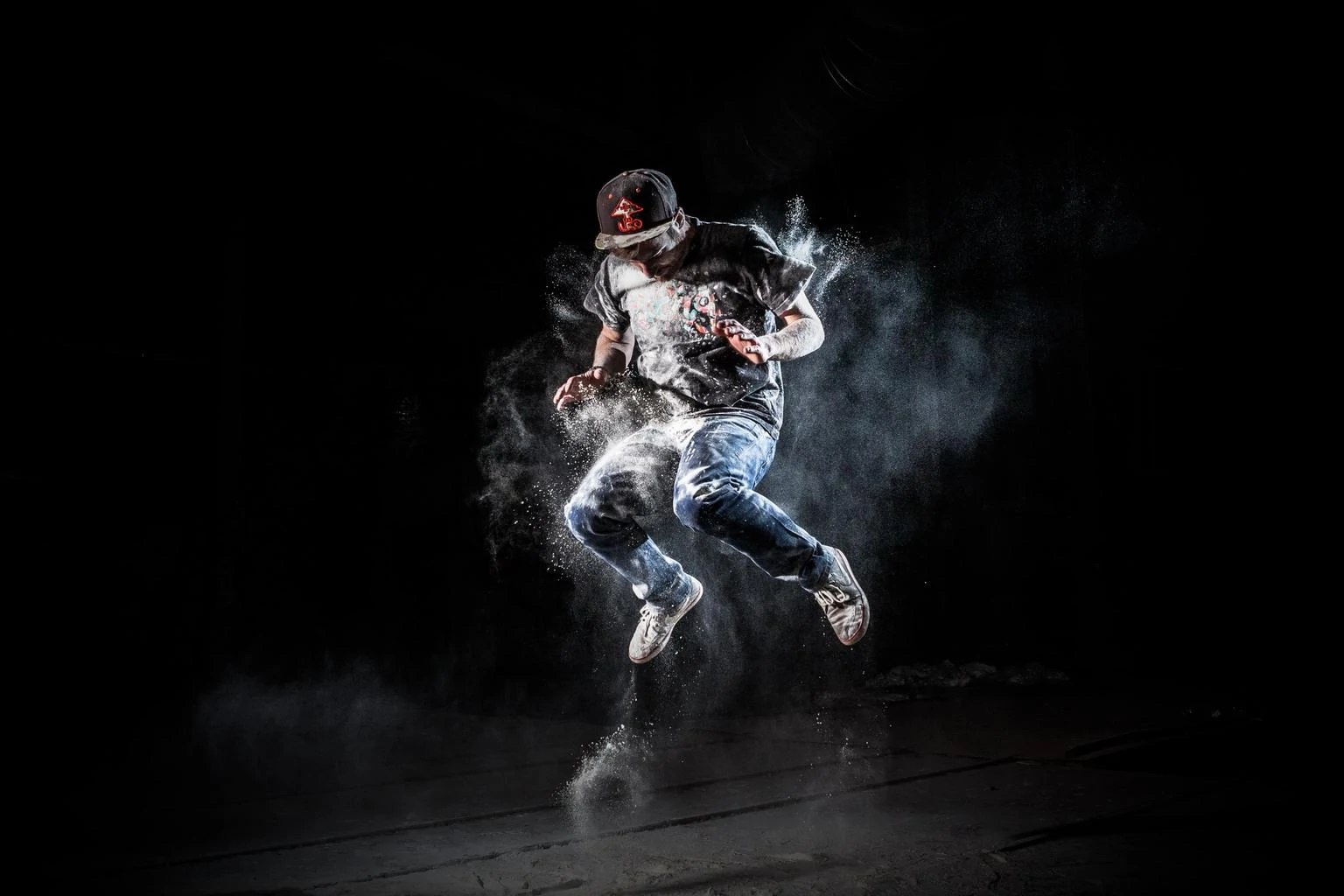
WHAT USE DO YOU PLAN TO GIVE TO YOUR EXTERNAL FLASH?
Before making any purchase, it is important that you ask yourself: what are you going to use it for? In this way, you will not over (or under) size your budget and, also, if you are very clear about what you plan to use it for, you will further limit the possibilities (a flash for macro photography is not the same as an external flash for nature or of portrait ). Nor is amateur photography the same as if you are going to dedicate yourself professionally.
The type of photographs you plan to take with the external flash will determine which of all the possible options and types you need.
YOUR CAMERA BRAND
While it's true that you can use almost any flash on almost any camera, ideally, to maximize compatibility, you should purchase a flash from the same manufacturer as your camera.
However, this does not mean that you cannot trust alternative brands to get a good flash. There are some very reliable ones on the market. Of course, before making any purchase, be it a generic or a "brand" flash the compatibility.
THE OPINIONS AND REVIEWS
It is also very important that before making any purchase of any flash or accessory, you take some time to search the internet and see what other colleagues think and what their experience has been using those products that interest you.
In this way, you will already know in advance what its strengths and main shortcomings are, and you will be able to get an idea of whether or not that external flash will meet your expectations. There are many pages, blogs, forums and stores that allow users to share their experiences with a certain product, take advantage of them.
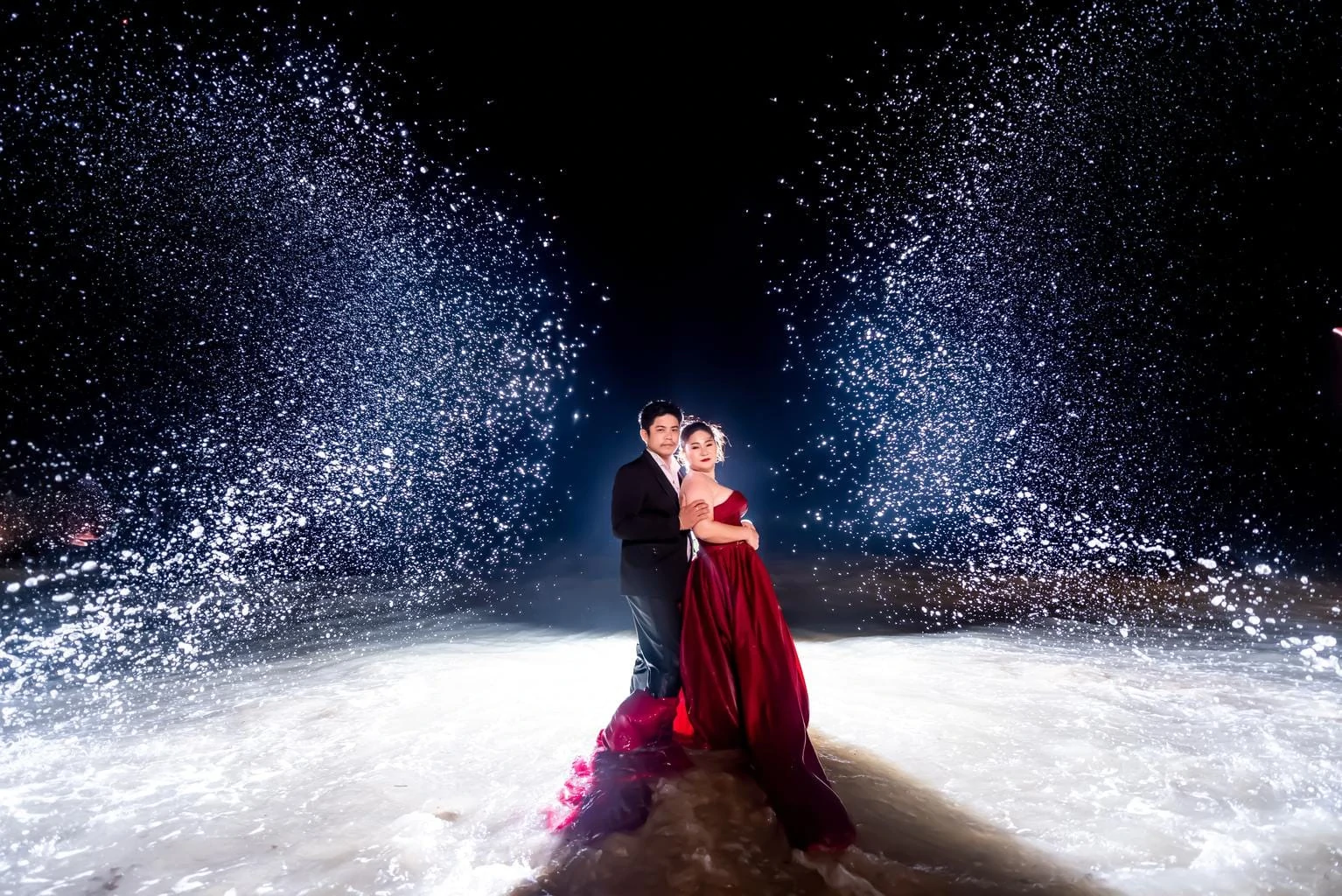
BEFORE BUYING AN EXTERNAL FLASH FOR YOUR CAMERA, BE SURE TO ASK…
In summary, before buying an external flash, ask yourself the following:
- The power of the flash, that is, its guide number. I recommend you not be under 30.
- If its head is fixed or rotates in both directions (vertical and horizontal).
- If said head has a zoom and at what focal lengths does it work.
- Whether or not it is compatible with your camera.
- If it has manual and automatic mode (TTL).
- If you have HSS or high speed sync.
- The price.
BEST MULTI-BRAND COMPATIBLE CAMERA FLASHES
- Neewer TT560 Flash Speedlite: It is a simple but very cheap flash that can help you enter the world of flash without risking your budget. Its guide number is 38, vertical (90º) and horizontal (270º) rotation angle, possibility of working as slave or main flash. It does not support TTL and camera menu setting function.
Compatible with Canon , Nikon , Panasonic, Olympus and Pentax with standard hot shoe.
- Godox TT600.Very economical flash with guide number 60, high-speed sync, focus assist light, recycling time: 01-2.6s, moving head in all directions, master and slave function, manual mode (non-TTL) and is quite simple to use. Ideal to start.
Compatible with Canon, Nikon, Panasonic, Olympus, Pentax and Fujifilm with standard hot shoe.
- Yongnuo YN560III: A great option at a higher price than the previous one but with many more features and also very affordable. Among its features are the 24-105 zoom head, the rotating head at a vertical angle of 7-90º, horizontal of 0-270º, recycling time of 3s, it only works in manual mode, as a slave flash although the Yongnuo YN560 IV model yes it works as master flash).
This is a universal flash, compatible with Canon, Nikon, Pentax, Olympus.
- Yongnuo YN-568 EXIII TTL: We raised the bar a bit and added TTL (ETTL i-TTL) metering, a guide number of 58, LCD display, 24-105mm zoom, and a reload speed of less than 3s. It has very good references and features worthy of a much more expensive flash.
Available for Canonand Nikons.
- Metz 52 AF-1: Guide number 52, touch screen, high-speed sync (HSS), vertical (90º) and horizontal (300º) rotating head, 24-105mm zoom. A great flash, very powerful, with great features and good user opinions, although if you are not going to take advantage of it, it would be a shame if you spent money that you could spend on something else, such as buying a goal to expand your creativity. I only recommend this if you are looking for a long-term flash or if you plan to go crazy with the lighting, in which case it is worth considering.
Available for Canonand Nikons.
BEST FLASHES FOR CANON CAMERAS
These are the 7 best recommended flash for Canon. In this link you can see them all in detail, here I leave you with the summary list:
- Canon Speedlite 600EX II-RT. Very powerful, professional level.
- Canon Speedlite 430EX III-RT.Power and portability at a moderate price.
- Neewer NW655. Ideal for beginners or as a slave for professionals.
- Godox V860III-C.A professional option at an affordable price.
- Yongnuo YN 600EX-RT II.Good features at a low price.
- Yongnuo YN560IIIor ( IV). One of the best options to start without ruining yourself.
By the way, the acronym RT stands for radio transmission.
BEST FLASHES FOR FUJIFILM CAMERAS
In this article you will find the best flashes for Fujifilm cameras , although I will advance the list here, by clicking on the previous link you will be able to see the details of each one.
- Godox TT350F. There is a good quality price relation.
- Nissin digital i40.Compact mid-range flash.
- Fujifilm EF-42.To start you through the big door.
- Fujifilm EF-X500.A professional flash.
- Godox TT685II-F.Semi-professional flash at a very affordable price.
BEST FLASHES FOR NIKON CAMERAS
We also have this specific article for Nikon flashes and, as in the previous brands, taking into account the different budgets and needs. In the previous link you can see all of them in detail, here is the very summarized list:
- Yongnuo YN560-IV. We have already mentioned it in the compatible ones for various brands, it is a good flash to start with.
- METZ MECABLITZ 52 AF-1. Intuitive, easy to use and with creative possibilities.
- Nikon SB-700. For demanding users or professional beginnings.
- SB-N10 underwater flash.For the underwater photographer.
BEST FLASHES FOR OLYMPUS CAMERAS
As I mentioned above, these flashes are compatible with Olympus:
- Neewer TT560 Flash Speedlite
- Godox TT600
In addition, you have these other options:
- Olympus FL-LM3. With shoe compatible with E?M1 Mark II / E?M1 Mark III / E?M10 Mark III / E?M10 Mark III S / E?M1X / E?M5 Mark II / E?M5 Mark III / PEN?F. TTL, +/- flash compensation, wireless remote control, rear curtain sync, waterproof, dustproof and splashproof, built-in radio receiver.
- Olympus FL-700WR. For shooting in bad weather as it is resistant to dust, splashes and freezing (-10°C). Guide number 42, 2.5s recovery time on alkaline batteries, TTL AUTO, AUTO, MANUAL, FP TTL AUTO, FP MANUAL, MULTI modes, optional wireless flash shooting, and features such as High Resolution Shooting, Frame Bracketing Focus or Focus Stack, weighs 300g. Full specifications and compatibilities here.
(If you're interested in making a specific flash item for Olympus, leave it in the comments ??????, and we'll put it in the oven.)
BEST FLASHES FOR PENTAX CAMERAS
In the first section I have presented several flash models that are compatible with Pentax:
- Neewer TT560 Flash Speedlite
- Godox TT600
- Yongnuo YN560 IIIand IV
You also have the Pentax brand models :
- Pentax AF 201 FG. Compatible with Pentax K and Q systems. Vertical reflector adjustable from 10° to 135° in 10 positions. 4s of recycling, guide number 20. It is the smallest and is more designed for Ricoh and street photography.
- Pentax AF-360 FGZ II.Weather-resistant construction, guide number 36, LED assist light, pan and tilt swivel head, compact and lightweight design, works as master and slave, first and second curtain sync and other featuresthat make it a flash for an advanced user who is going to take advantage of it.
- Pentax AF 540 FGZ II. An all-terrain, weatherproof flash, Guide Number 54, LED assist light, pan/tilt swivel head, modes: P-TTL advanced autoflash, manual flash, high shutter-speed sync, and P-TTL wireless autoflash. Steady LED light for video or long exposure shooting and focus assist light. It works as slave and master. Of the Pentax models it is the most complete, which is why we also talk about other prices, aimed at the most demanding and/or professional photographer.
BEST FLASHES FOR SONY CAMERAS
- Godox TT600S.Guide number 60, moving head in all directions, focus assist light, high-speed sync, 2.6s max recycling time, master and slave flash, and Sony MI hot shoe compatible. The only thing is that it works in Manual Mode , not in TTL.
- Godox Ving V860II-S. This last “S” is the one that indicates that it is compatible with Sony DSLR. Guide number 60, flash head tilt 360° horizontally and 90° vertically, TTL auto flash and manual flash, works as master and slave. It is a flash that, as I have mentioned in its Canon and Nikon versions, offers excellent value for money and is ideal for both advanced users and professionals as a complement.
- nissin i60.Small and compact flash but a bully, with guide number 60, flash head tilt horizontally 180° (left and right) and 90° vertically, Zoom head: 24-200mm, color display, manual and TTL modes, It does not work as a master but it does as a slave, it synchronizes to the first and second curtain. Its biggest drawback is the recycling time, it is not exactly one of the fastest.
- Sony HVLF20M.Compact and slim flash, easy to use and wireless control, 90° left/right rotating head, ceiling bounce with 75° rotating head, guide number 20, weighs only 105g. A simple and cheap flash but with more than acceptable results.
- SonyHVLF46RM .The GN46 is another brand flash but this time for a more demanding and/or professional photographer . Dust and moisture resistant, with sealed shoe, radio wireless control function, guide number 46, auto white balance, flexible head 180° left and right, 150° up and 8° down; approx. 2s recycling time, high-speed continuous shooting, up to 60 frames in 10 fps bursts and 1/400s sync speed are some of its features.

